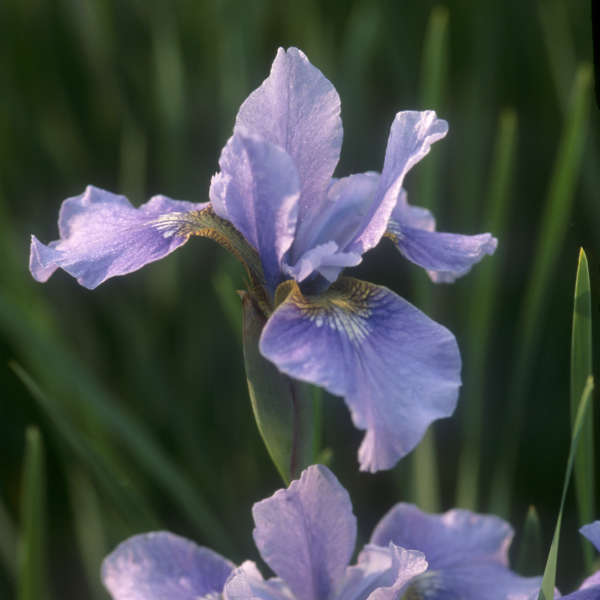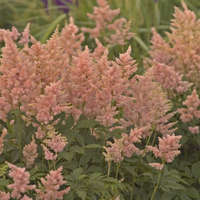Iris sibirica 'Orville Fay'
Common Name: Siberian Iris
Medium violet-blue self and a yellow and white blaze with dark veining. Blooms in early to midsummer. Tetraploid.
Siberian irises are haled for their elegant, delicate flowers and disease resistance. They perform admirably in the sunny to partially shady garden, but need plenty of water throughout the season to continue looking their best. In naturalized settings, they are particularly effective around water features. They can also be grown under Black Walnut trees since they are not effected by juglone. Siberian Irises bloom before Japanese Irises but after Tall Bearded Irises.

